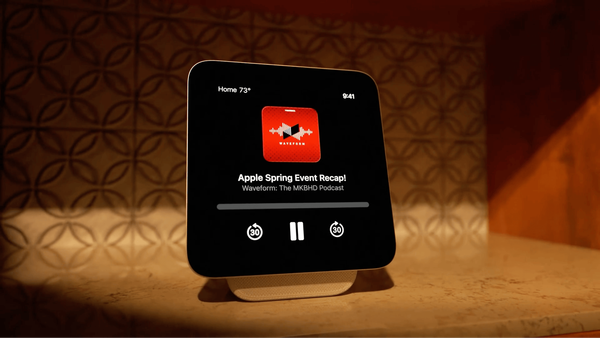Sharing an Image Collection With Friends and Family — A Lesser Known Approach
Exploring practical and secure ways to share photos with friends and family, while balancing convenience, privacy, and user interaction.

My friends and family often ask me, "When and where will you share your photos from this summer’s trip to Croatia?" I told them "soon," even though I had no exact plan. I was still exploring different options to find a way to share my photos that would be both convenient and engaging for everyone. I knew Pixelfed wouldn't be the best solution—most people don't want to follow a daily feed and look at photos one at a time. People generally want a frictionless experience when it comes to browsing photos, where they can quickly and easily see the entire collection without any barriers. I also didn't want to use Facebook for sharing my photos, as it felt too public and less personal for this purpose. When friends ask to see your photos, they usually want to see them all at once. So, I had to think of a different approach.
Knowing some of my friends use a Nixplay digital frame, I considered using its built-in feature that allows users to send pictures via email directly to a specific Nixplay frame. This would require creating a dedicated album on my friend's Nixplay account and sharing the corresponding email address. While this could work well for close-knit groups or specific individuals who already have the frame, it’s not the quickest approach or practical for a broader audience. I dismissed this idea because the digital frame is generally far from the viewer, too far to fully appreciate each photo. So, I needed another solution that more people could benefit from.
I then thought about using iCloud public albums, but I was reluctant to import my finished photos into iCloud. More importantly, since Apple Advanced Data Protection (ADP) is enabled on my Apple Account, sharing photos via icloud.com wasn't an option. ADP enhances data security by encrypting iCloud data end-to-end. Still, as a trade-off, it disables iCloud web access to ensure that sensitive data remains accessible only from Apple devices or trusted locations. A critical note about security and privacy: people who subscribe to the shared album can see all subscriber names and email addresses.
Finally, the simplest solution was to create and share an iCloud album, select my best images, and invite my friend via iMessage. As I worked on this, I expanded the invite list to include more friends and family, all Apple ecosystem users. For non-Apple users, however, this method might not work, requiring alternative sharing options like direct email links or third-party platforms such as Google Photos or Dropbox. This way, no one was left out. The "Activity" tab in Apple Photos shows everyone’s comments, allowing participants to engage directly by leaving reactions or starting conversations about specific photos. This interactive element transforms the album into a micro and private social network, fostering a sense of connection and making the photo-sharing experience more dynamic and engaging. It's a pretty cool way to share my summer memories and interact with my digital friends. I wonder why Apple is not advertising this photo-sharing approach more.
The best solution is often right in front of our eyes.



